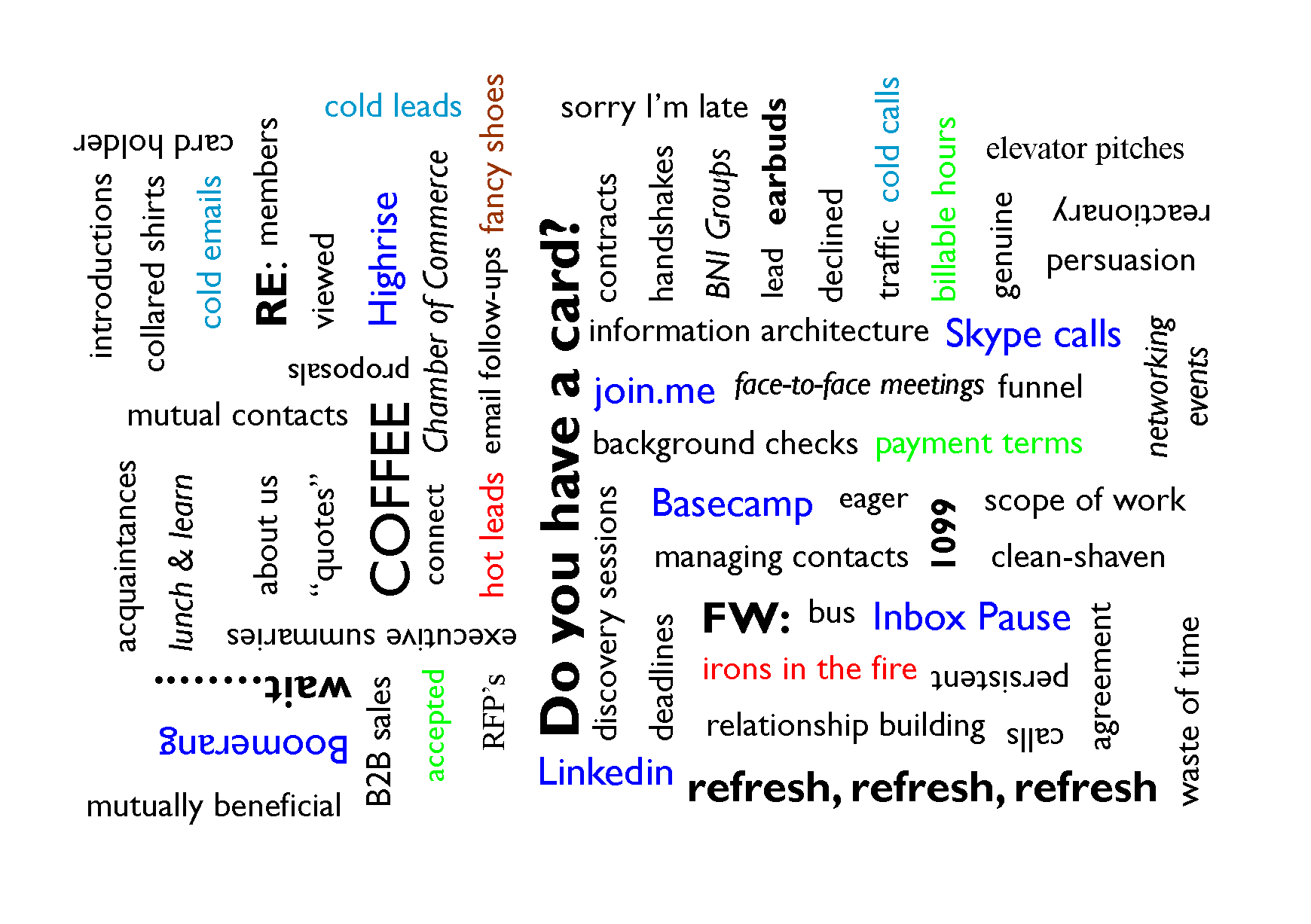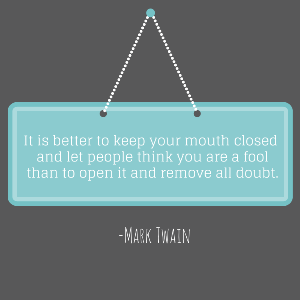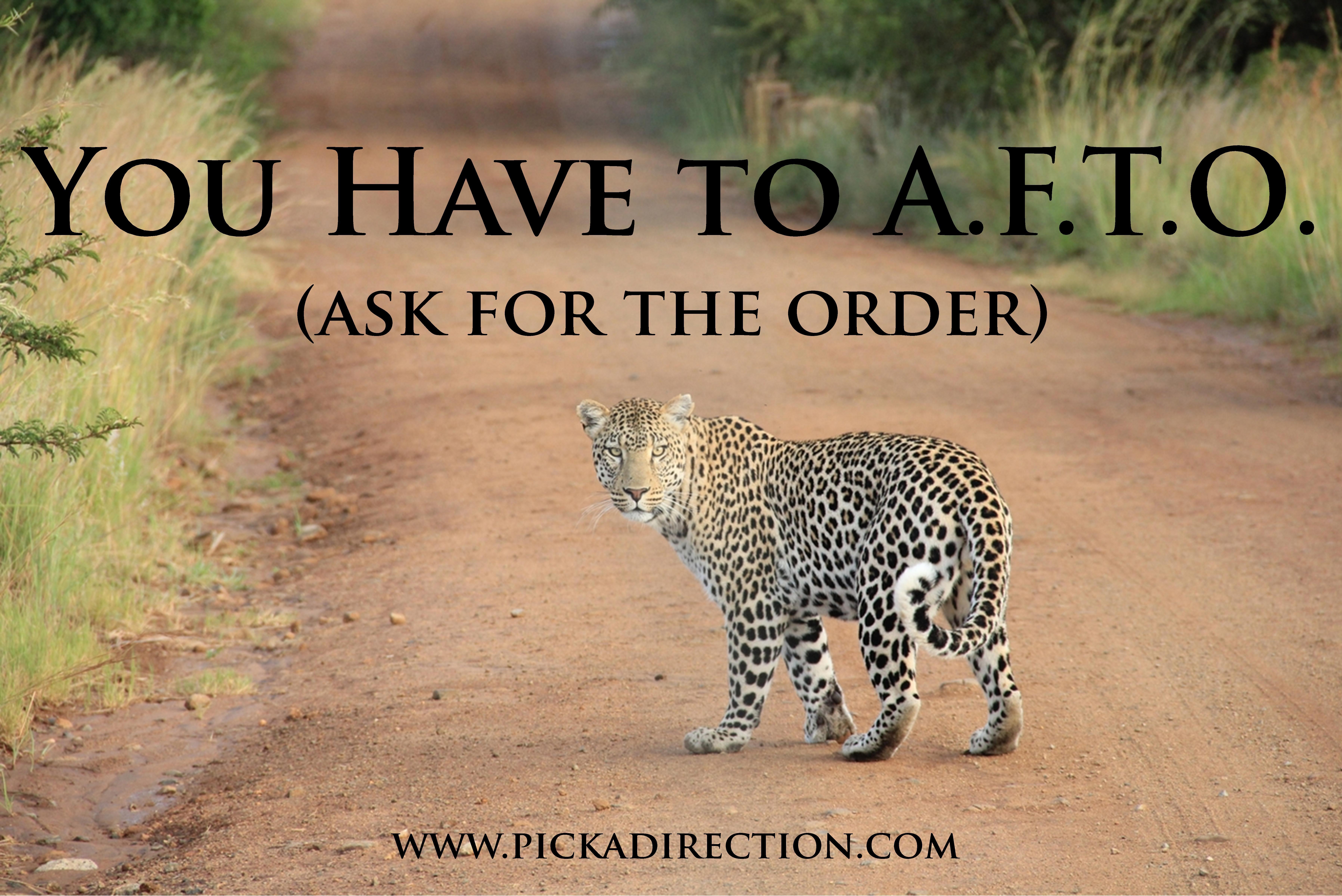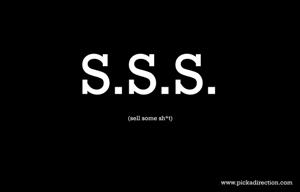SalesHacker
Conferences are exciting experiences.
You’re with people who share a similar mindset, dynamic speakers are teaching you neat things, and the energy is impossible to contain! You take notes feverishly on your iPad, typing as fast as the flat-screen keyboard will let you, trying to capture every bit of information you can. You leave exhausted. Exhausted, but rejuvenated.
That’s exactly how I felt after attending SalesHacker Conference in Spring of 2015. I was pumped to get home and start selling services for the company I was working for at the time, SOUTH.
Not everything at SalesHacker was applicable to my job, but many things caught my attention. One of them went something like this:
“You have to be your sales team’s biggest cheerleader.”
I had previously managed sales teams and trained sales people so the idea of cheerleading for them wasn’t foreign. I understood that the sales manager/team leader needed to bring energy. I understood that sales people got down and that someone had to keep them positive. I understood it from a management standpoint. I understood all that on paper, at least.











